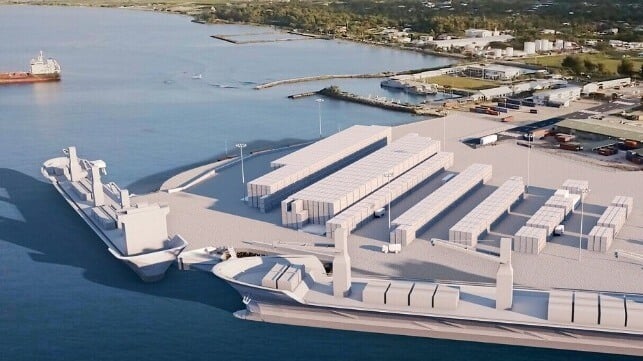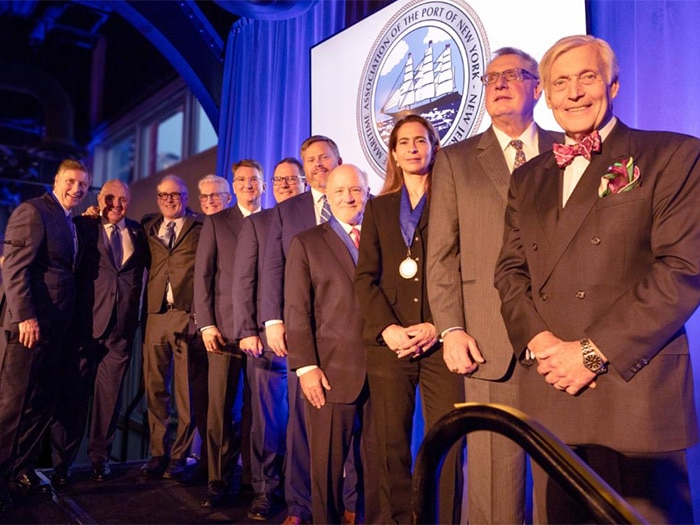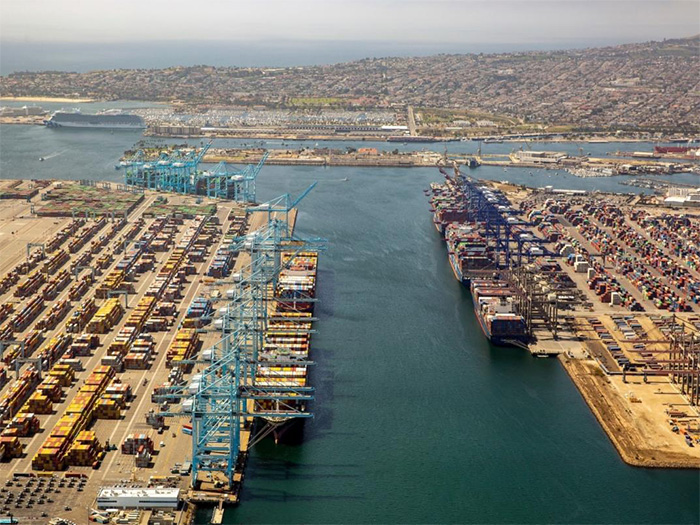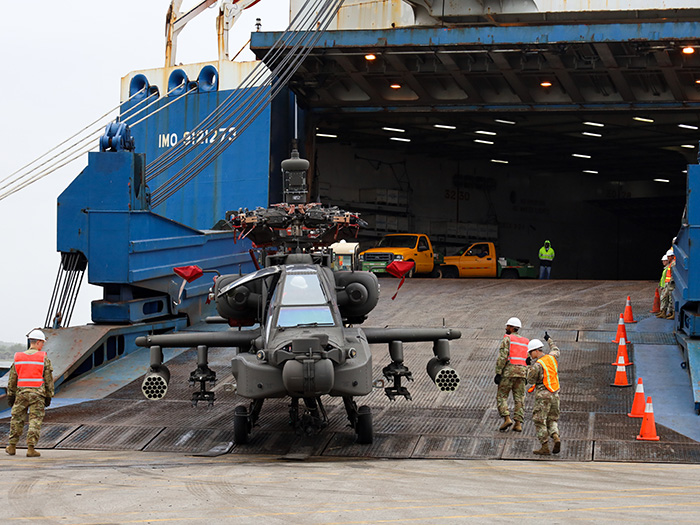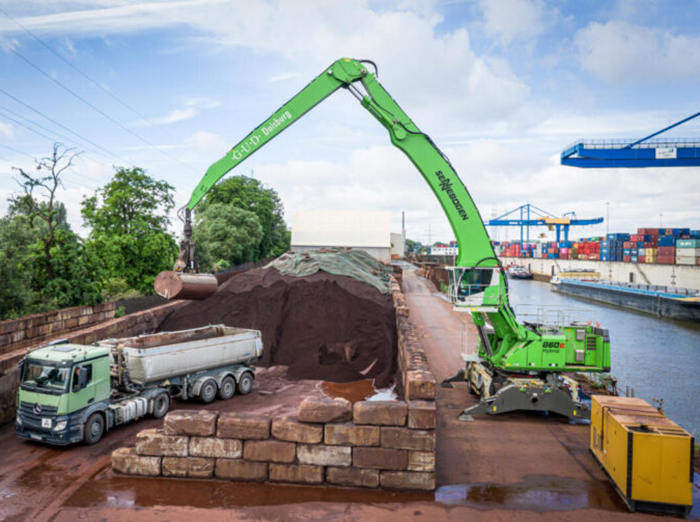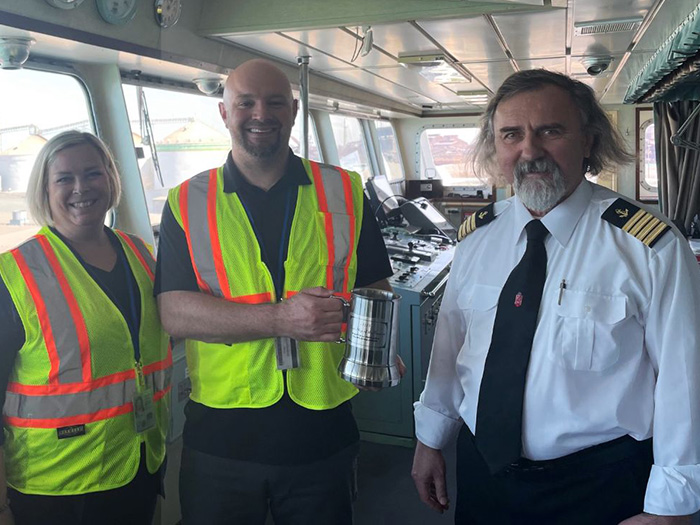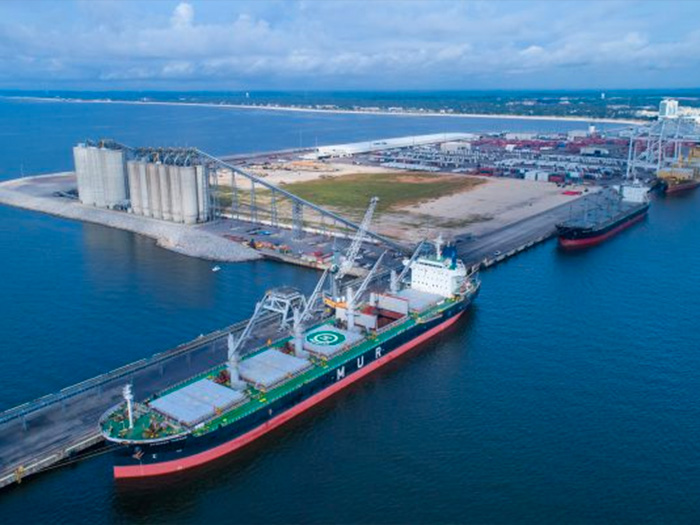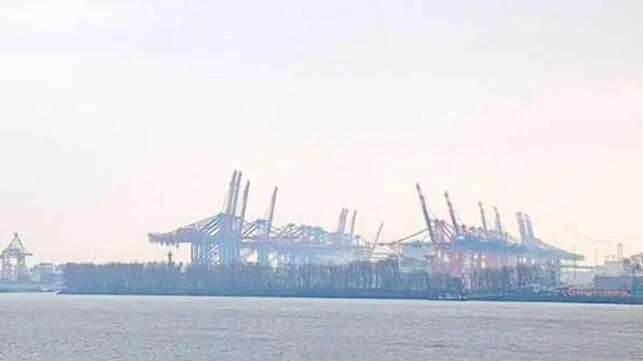

The Pacific Northwest is known for having a diverse bird population, but did you know that the Port of Vancouver is located along the Pacific Flyway? This north-south migratory flight path, coupled with our proximity to the Columbia River and Vancouver Lake, makes our area an ideal habitat for many types of migratory and resident birds.
For our second edition of Fieldwork with Phil, Environmental Specialist Phil Martello gives us a behind-the-scenes look at the port’s bird monitoring measures – specifically with the bald eagle (Haliaeetus leucocephalus).
In 2002, port staff officially began monitoring for eagles and continues to do so today. After 30 years of steady population growth, bald eagles were removed from the federal endangered species list in August 2007 and the state’s list in 2017 because their populations recovered sufficiently. As their populations have recovered, bald eagles sometimes breed at nest sites closer to human development where nest trees and food are available.
Bald eagles are protected from a variety of harmful actions and impacts under the Migratory Bird Treaty Act (MBTA) and the Bald and Golden Eagle Act (Eagle Act). The National Bald Eagle Management Guidelines were developed to advise landowners, land managers, and others who share public and private lands with bald eagles when and under what circumstances the protective provisions of the Eagle Act may apply to their activities.
From January through March, intermittent monitoring is conducted as weather allows and each monitoring event lasts approximately one hour. “I check areas with previous nesting activity and drive around port-wide to look for new nesting activity,” said Martello. “We also monitor for Great Blue Heron and their rookeries, Osprey, Streaked Horned Lark, and most recently Purple Martins. There are also a few barn owl boxes that we installed and check. It’s really overall bird monitoring.”
Although Martello’s role at the port includes monitoring for birds, it’s a port-wide effort. Tenants, labor, contractors and staff work together to communicate and spread knowledge of potential wildlife activity and nesting locations.
“If there is potential nesting activity, the process involves notifying the port’s environmental team, maintenance department, and the appropriate agencies and updating any management plans if necessary,” described Martello.
At the Port of Vancouver USA, we believe that a strong economy and healthy environment are vital to a strong region. By incorporating habitat management, and sound environmental practices into our daily operations, the port is protecting our natural resources while strengthening the region’s economy.
Press – release





